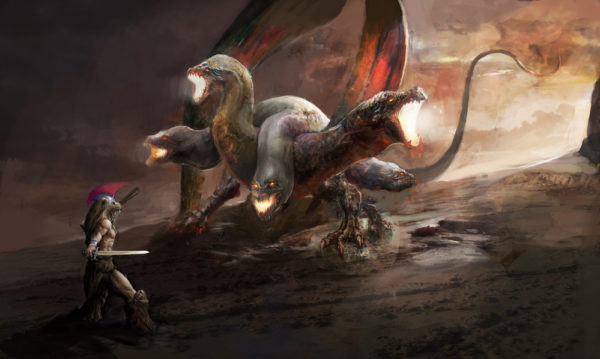
Welcome to the latest installment of “Writer Fuel – cool real-world stories that might inspire your little writer heart. Check out our Writer Fuel page on the LimFic blog for more inspiration. Today:
OK, so it’s not THAT kind of hydra. Still, the science behind it is really cool:
Tiny aquatic animals called hydras can regrow lost heads, and scientists now have a clearer idea of how these freshwater invertebrates do it.
A hydra’s body is fairly simple: It’s a tubelike cylinder tipped with a grasping footlike appendage at one end and a tentacle-ringed mouth at the other. But hydras possess the remarkable ability to regrow bits of their bodies that have been amputated; under the right circumstances, an entirely new animal can grow from a detached chunk of tissue.
In lab experiments, hydras have demonstrated that they can renew their own cells indefinitely, which means that these animals are biologically immortal. But while prior research has identified some aspects of hydra regeneration, researchers have been searching for answers about how the hydra genome directs its cells to grow a brand-new head.
Now, scientists have not only mapped hydras’ instructions for head-growing; they’ve also shown that gene activity during the growth of a replacement head diverges from the genetic instructions that shape head growth in a new hydra when it buds — or emerges directly from a parent’s body during asexual reproduction.

